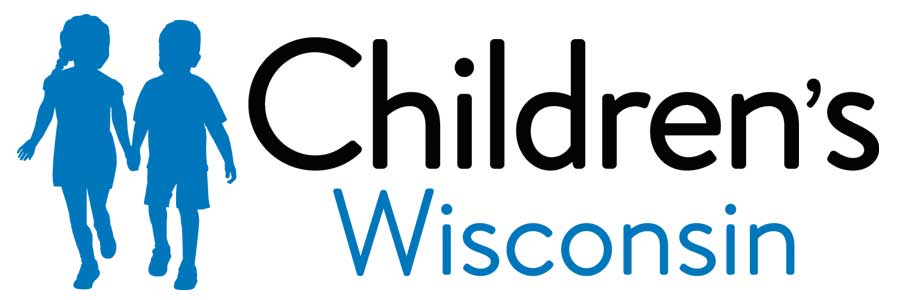Cholysystectomy (1749)
Key points below
What is a cholecystectomy?
Cholecystectomy is a surgery to take out the gallbladder. The gallbladder is a small sac under the liver. The gallbladder holds the bile that the liver makes. Bile breaks down the food you eat. It goes from the gallbladder to the intestine. Your body can work well without the gallbladder.Why does my child need this surgery?
Surgery may be done when gallstones cause a problem.Gallstones are small stones in the gallbladder that are made from fat. Gallstones can block bile from getting out of the gallbladder. This may cause pain and yellow skin color.
How is this surgery done?
This surgery may be done two ways.1. Laparoscopy. This is done through 3 to 4 small cuts in the belly.
- Air is used to puff up the belly. This lets doctors see inside better.
- A tiny camera is put in one cut to help doctors see what they are doing.
- Special tools are used to take out the gall bladder.
- The other cuts are used for small tools to take out the gallbladder.
2. Open cholecystectomy. A large cut will be made in the right upper belly. If your child has this type of surgery they will be in the hospital a little longer.
What should I expect after surgery?
After surgery, your child will be taken to the recovery room. They will stay there until they are awake and their pain is well controlled. Your child will be on IV fluids until they can drink clear liquids without throwing up.
Dressing and caring for cuts
Gauze, clear plastic bandages, skin glue or steri-strips will cover the cuts. The gauze and plastic bandages can be taken off 24 hours after surgery. Your child can shower 2 days after surgery using a mild soap. Be gentle cleaning the cuts. Do not use lotions or creams on the cuts.
The steri-strips or skin glue will come off by themselves about 7 to 10 days after surgery. You may take them off after 10 days. Do not pick at the glue or remove the steri-strips before then. The skin around the cuts might be slightly pink and swollen for a couple weeks.
Discharge
Most children will be able to go home 1 or 2 days after surgery. Your child must be able to eat, drink, walk and take pain medicine by mouth before going home. Your child can do normal activities and go to school when they feel well.
Pain
It is normal for your child to have some pain after surgery. Most children only need acetaminophen (Tylenol®) or ibuprofen (Advil®) at home. Your doctor may give you a stronger pain medicine to use if your child still has a lot of pain.
